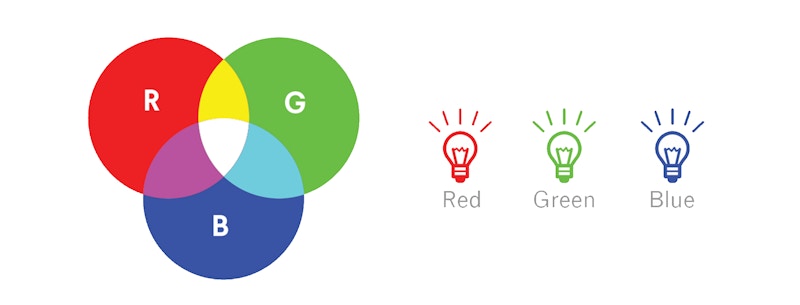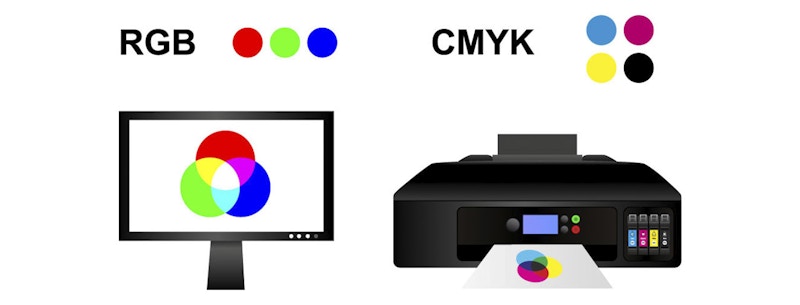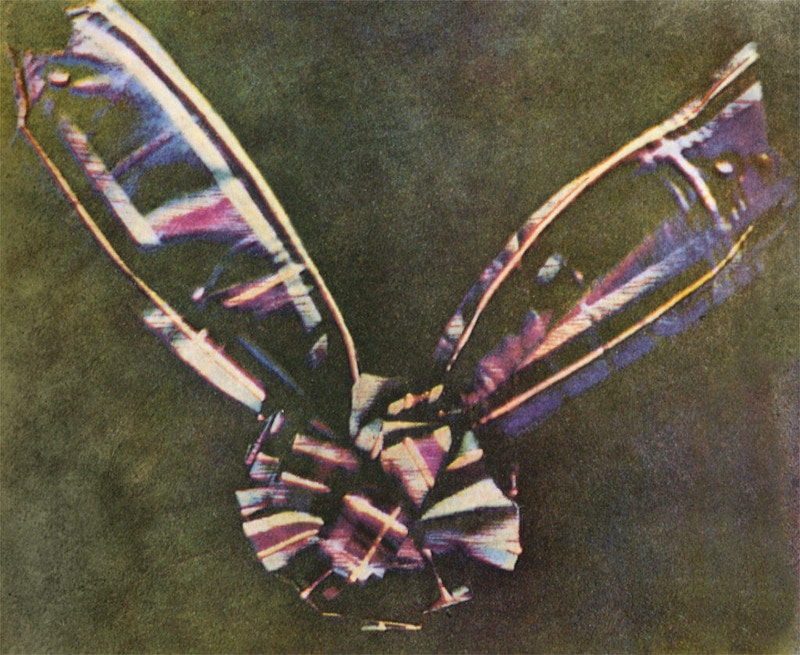Where CMYK is a subtractive system, RGB uses an additive property to create colours by combining the primary colours in varying degrees to create different colours. Much like painting for example, colour is added step by step to combine and create new colours, by adding more and more the colour changes depending on the colours added.
Levels of Red, Green, and Blue that can be added range from 0 to 100% of their colour. Each level is represented by the range of decimal numbers from 0 to 255, so 256 levels for each colour. So, doing my least favourite thing (maths) the total number of available colours is 256 x 256 x 256, or 16, 777, 216 possible colours.
Interestingly (to me at least), when all three colours are combined to their full extent, the result is white, as opposed to the black you achieve with CMYK, or when combining paints.
So, when combining all three colours to their lowest extent, the result is black. They’re essentially the opposite of one another – CMYK starts white and turns black, RGB starts black and turns white.



